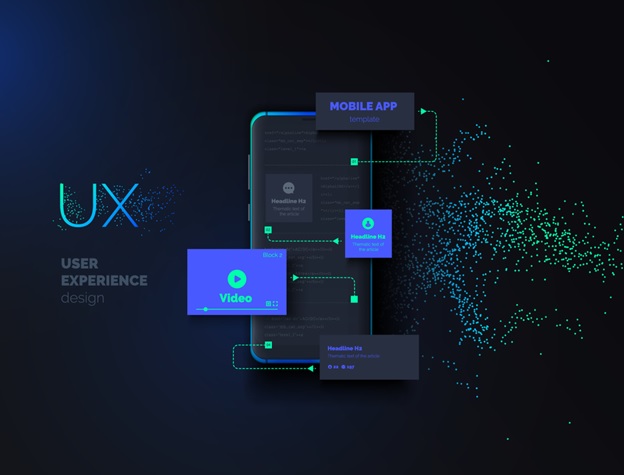UX Designing has garnered substantial traction owing to more focus on user experience. There are many ways through which you can learn UX design in this day and age. You can either take online courses or learn to master the process yourself. Either way, it cannot be denied that UX design trends have become mainstream in the graphic design industry. Everyone wants their users to have a convenient and comfortable experience. If the user’s experience is rattled, then the purpose of the website design will falter. If the user faces no obstacles throughout his website research and can easily locate his content, then you will generate sizable traffic.
That said, a general worry amongst students is developing about creating a portfolio that distinguishes them from their counterparts. You can always receive assistance from a professional to give you some samples in constructing a distinct portfolio. If you still require help, we are more than happy to share some tips with you that can inspire you to build the perfect portfolio for yourself. We are confident that these will assist you in your endeavors.
Pay Attention to Details
It would be wise if you took extra time in overseeing and proofreading your details until they are flawless. If you don’t want to do it for yourself, then do it for the employers, hiring managers, and recruiters. They are the ones who ensure that everything pertaining to your body content is in order. They are merciless when scrutinizing junior designers, which is why you cannot sacrifice your portfolio content details; if your portfolio is as polished and sophisticated as you make them out to be, then that can propel your career astronomically.
Some details that you need to invest your attention to include imagery, mock-up templates, typos, prototypes, and text. Any form of inconsistency that you find in your layout must be removed immediately. You are more than welcome to invite another designer to help you through this process.
Personal Brief
UX design students take it upon themselves to select their own provided project briefs. While this is an effective method of self-learning, it can also spell doom for many aspiring students. The danger lies in the portfolios turning out to look the same as the other graduates.
To avoid this predicament, you need to customize your brief immediately. You need to detach yourself from your peers and create your separate brand concept, backstory, and app name. Do everything in your ability to make all aspects of your portfolio look different. Your courses will be instrumental in guiding you throughout this process. You can collaborate with your tutor on how you can make a difference in your project pertaining to your brief.
The factor that plays a strong role here is the minimization of your ambitions. Do not assert yourself to becoming a champion in this portfolio construction competition. Keep a cool head and take a peek at the other project briefs available in your course. See which brief matches with your vision and ideals. Then replicate the layout and scope so that you have all the creative facets of the briefs in check.
Ignore Common Solutions
There are generic ways in which you can appropriately solve a solution concerning any design issues. You can use the common method to solve color, illustration, or other branding related problems.
Even if you happen to be working on a project brief that is similar to that of your classmates, you can separate your briefs in appearance with different visuals. As long as your visuals are aesthetically attractive, they will be preferable to the other ones.
Watch Out for Stock Photographs
Stock photography is relevant when implementing them in a portfolio. It just needs to be selected with care. The biggest challenges you will face during your portfolio project construction is maintaining the consistency of your imagery.
The best strategy in choosing your image is by investing a considerable amount of time in its analysis—experiment on whether it connects with your project’s tone, visual, and purpose. You can collaborate with a photographer if the circumstances demand it. Please continue with your working affiliation with the photographer and establish a cordial relationship with him. Your collaboration will reflect in your imagery as well.
However, the issue with stock photos is that they are unoriginal and not that unique as opposed to customized images. This means they will not necessarily help you stand out from your competitors. If you can’t locate customized images for yourself, there is always the option of not pursuing imagery altogether. You can still persevere without images in your project.
Focus on Storytelling
The best way you can propel your portfolio to notoriety is by developing appealing storytelling to efficiently relay your messaging. With proper documentation and framing, you can create an ideal story for your design portfolio. The images you add can also operate as part of your storytelling process. If added in a spectrum, you can let your photography tell your story for you as well as its scope and purpose. And the audience loves a story. It is up to you to make it as engrossing as possible; this will reassure your recruiters of your potential and your ability to solve problems.
Constructing an unconventional portfolio is a tricky endeavor but a rewarding one. You cannot risk letting your UX design portfolio becoming lost in a sea of bland and standard portfolio designs. It is time to break the rules and abandoning the strategy of playing it safe. Make it a priority that you want to make something big and surprising for your viewers and employers. The element of surprise always does the job. Trust your instincts and let your individuality shine in your portfolio.
